Dr John Butler, one of the founders of the Institute of Hypnotherapy for Medical and Dental Practice in London, has recently been inaugurated as the President of the American Council of Hypnotist Examiners (ACHE). Dental Tribune International spoke to the experienced hypnotherapy educator about his new responsibilities, his fascination with hypnotherapy and patients’ response to this kind of treatment.
Dental Tribune International: Dr Butler, you are the new President of the American Council of Hypnotist Examiners. What is the aim of the council?
Dr John Butler: The council’s aim is to set standards for hypnotherapy training and practice. It was founded by Gil Boyne, a well-known American hypnotherapist and trainer, to reflect the developments he had made in his own work and teaching. He started in the 1950s, when hypnotherapy was practised by most therapists as generally consisting of relatively simple trance inductions and suggestion sets. These are effective to a degree for many people, but these methods often have only limited results for people with complex problems. Gil Boyne incorporated elements of the tremendous changes in therapeutic approaches during the 1960s and 1970s: work on the “inner drama” such as Gestalt dialogue, the view of therapy as a partnership or alliance between the therapist and client, the inclusion of the body and its dynamics and energy as a therapeutic medium. He wanted these developments to be reflected in hypnotherapy standards; hence, he founded the council.
How did you learn about the council and what has your involvement in it been?
I discovered Gil Boyne’s work in the course of my ongoing search for ways of expanding my therapeutic range, trained extensively in his methods and later taught with him and so joined the council. I had attended the annual conference for several years and was then invited to hold seminars there, which I have done now for many years. It is always exciting to meet with other hypnotherapists and hear what they are doing. The presidency rotates and the outgoing president, Randal Churchill, nominated me. When I was offered the position, I was honoured to accept.
What are the responsibilities of the council’s president and how do you intend to fulfil this role?
The main presidential responsibility is to represent the ACHE to the outside world and also to encourage and motivate its members. I am very fortunate to have the support of people who have been working with the ACHE for a long time and the members that I have met are enthusiastic, skilled and creative people. Therapeutic approaches need to adapt to reflect societal changes, just as happened in the 1960s and 1970s, and we are seeing many changes in society now. Many people suffer from anxiety, have low self-belief, lack a sense of direction in life and are depressed about their financial and economic prospects, and it is very difficult for young people entering the workplace for the first time, for instance. I believe that hypnotherapy, as an inspiring, very practical, effective and affordable therapy that has a very broad appeal, has great potential for helping people to sustain their motivation at this time and I hope to work with members to ensure that as many people as possible can benefit from it.
Which countries are especially open to and more advanced concerning hypnotherapy, especially as applied in dental care? And which patients are more receptive to this kind of treatment?
The USA has been increasingly active in hypnosis research and some important academic studies have been carried out there. For several decades, Harvard, Yale and Stanford universities have had quite well-resourced departments dedicated to studying hypnosis, and this work has been important in increasing the credibility of hypnosis in the modern era. At the same time, important work has been done in Europe, in Belgium, for instance. I believe that dentists everywhere are interested in well-evidenced methods that can help them with anxious and phobic patients and for pain control; at least this has been my experience. Over the years, research on the use of hypnosis in dentistry has been published in the USA and the UK, and these are now much more accessible owing to the Internet. My interest is in transforming this information along with my own clinical experience into straightforward methods that can work in the dental clinic, and I have obtained a positive response from dentists in the UK regarding this. As for which patients will be more open to hypnosis, I believe this is mostly dependent on how it is presented; most patients, particularly those with severe anxiety, will be happy for the dentist to use hypnosis when it is introduced in a patient-friendly manner.
Is there anyone in particular who has done significant research on hypnotherapy?
I have already mentioned the work in Belgium, which has stemmed mainly from the efforts of one individual—as is so often the case—Dr Marie-Elisabeth Faymonville. She has not pioneered any “clever” or “radical” techniques, but a patient-friendly and credible way of introducing hypnosis with minimal modification of hospital routine, called hypnosedation, which combines hypnosis with chemical sedation/analgesia, with a consistent result of reduced levels of chemical agents used, improved patient experience and more rapid recovery. I believe this is the most productive way forward for dentists and I emphasise this in teaching dental hypnosis: techniques that are straightforward to learn and to use with patients, reliably and consistently reducing pain and distress, and facilitating recovery. There are similar pockets of enthusiasts in medicine and dentistry in other countries, including the UK, and the really exciting thing at present is that these groups of people are beginning to join up and spread out mostly because of the Internet.
You have been practising clinical hypnotherapy for more than 30 years, and taught hypnotherapy to a wide variety of health-care professionals, through your writing, tutoring and teaching internationally. Why does hypnosis fascinate you so much?
Hypnosis gives access to resources in the human spirit of which the people who have them are often unaware. That’s what fascinates me, giving them access to their own creative potential and inner strength, and seeing what they make of it. And doing it for myself too, naturally!
As a full-time A330 airline captain who flies internationally, Dr Mark Pinsky from Ann Arbor in Michigan, USA, knows a great deal about errors and their ...
According to the UK's Office of Communications, 78 per cent of British people own a smartphone. Needless to say, these devices have changed how many people,...
LEEDS, England: A new study exploring the disparities in access to National Health Service (NHS) dental care across different neighbourhoods in England has ...
SHEFFIELD, UK: According to new research by an international team of scientists, human teeth evolved from the same genes that form the characteristic beaked...
Everyone has done it—searching for symptoms on the Internet. Recent statistics show that searches for dental and mouth-related problems are very common in...
QUEENBOROUGH – A couple from the UK has found a human tooth in a package of premium brand sausage. Representatives of the popular British supermarket ...
Back in January, dental loupes manufacturer Orascoptic introduced its adjustable magnification loupe EyeZoom to dental professionals in the UK. At the BDIA ...
Dr Graham Gardner is the first President of the European Aligner Society (EAS), an international organisation established in 2013 that aims to promote ...
At the IOC in London, Align Technology is showcasing the latest generation of its Invisalign system, which now offers clinicians a solution for first ...
The Greeks had a word for what we now refer to as bruxism: brychein—the grinding or gnashing of teeth. With references to this “gnashing of teeth” in ...
Live webinar
Mon. 12 January 2026
2:00 pm UTC (London)
Prof. Judith Jones D.D.S; M.P.H., Prof. Kakuhiro Fukai D.D.S., Ph.D, Dr. Bathsheba (Bethy) Turton
Live webinar
Wed. 14 January 2026
5:00 pm UTC (London)
Dr. Théo Laplane, Dr. Robert Gottlander DDS
Live webinar
Fri. 16 January 2026
5:00 pm UTC (London)
Live webinar
Mon. 19 January 2026
6:00 pm UTC (London)
Philipp Kopp, Michael Seeber
Live webinar
Thu. 22 January 2026
7:00 pm UTC (London)
Dr. Nicola M. Grande DDS, PhD
Live webinar
Wed. 28 January 2026
1:00 pm UTC (London)
Live webinar
Wed. 28 January 2026
4:00 pm UTC (London)
Prof. Dr. Jan-Frederik Güth



 Austria / Österreich
Austria / Österreich
 Bosnia and Herzegovina / Босна и Херцеговина
Bosnia and Herzegovina / Босна и Херцеговина
 Bulgaria / България
Bulgaria / България
 Croatia / Hrvatska
Croatia / Hrvatska
 Czech Republic & Slovakia / Česká republika & Slovensko
Czech Republic & Slovakia / Česká republika & Slovensko
 France / France
France / France
 Germany / Deutschland
Germany / Deutschland
 Greece / ΕΛΛΑΔΑ
Greece / ΕΛΛΑΔΑ
 Hungary / Hungary
Hungary / Hungary
 Italy / Italia
Italy / Italia
 Netherlands / Nederland
Netherlands / Nederland
 Nordic / Nordic
Nordic / Nordic
 Poland / Polska
Poland / Polska
 Portugal / Portugal
Portugal / Portugal
 Romania & Moldova / România & Moldova
Romania & Moldova / România & Moldova
 Slovenia / Slovenija
Slovenia / Slovenija
 Serbia & Montenegro / Србија и Црна Гора
Serbia & Montenegro / Србија и Црна Гора
 Spain / España
Spain / España
 Switzerland / Schweiz
Switzerland / Schweiz
 Turkey / Türkiye
Turkey / Türkiye
 UK & Ireland / UK & Ireland
UK & Ireland / UK & Ireland
 International / International
International / International
 Brazil / Brasil
Brazil / Brasil
 Canada / Canada
Canada / Canada
 Latin America / Latinoamérica
Latin America / Latinoamérica
 USA / USA
USA / USA
 China / 中国
China / 中国
 India / भारत गणराज्य
India / भारत गणराज्य
 Pakistan / Pākistān
Pakistan / Pākistān
 Vietnam / Việt Nam
Vietnam / Việt Nam
 ASEAN / ASEAN
ASEAN / ASEAN
 Israel / מְדִינַת יִשְׂרָאֵל
Israel / מְדִינַת יִשְׂרָאֵל
 Algeria, Morocco & Tunisia / الجزائر والمغرب وتونس
Algeria, Morocco & Tunisia / الجزائر والمغرب وتونس
 Middle East / Middle East
Middle East / Middle East

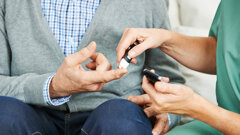
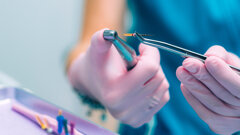
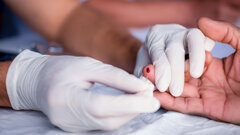
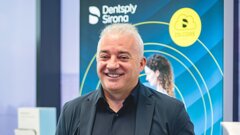



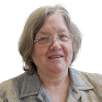
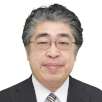
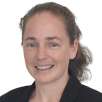
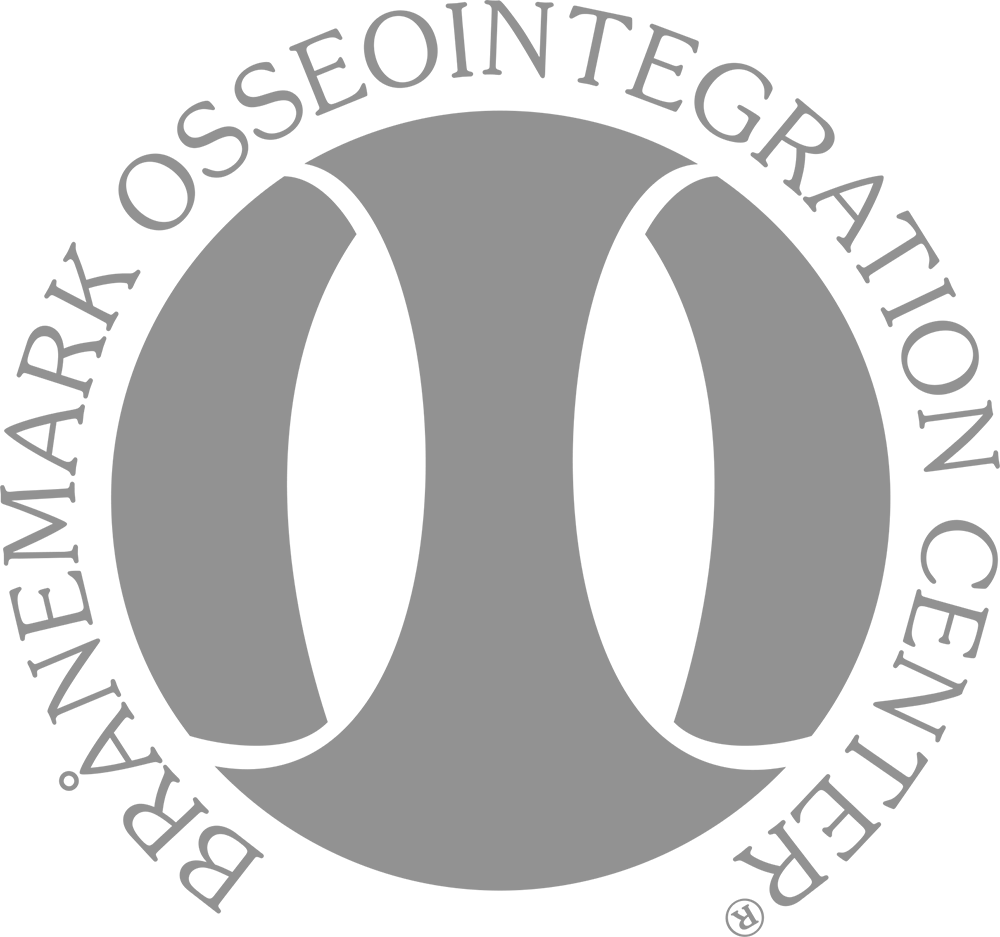

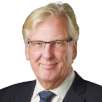

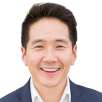

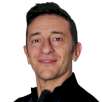












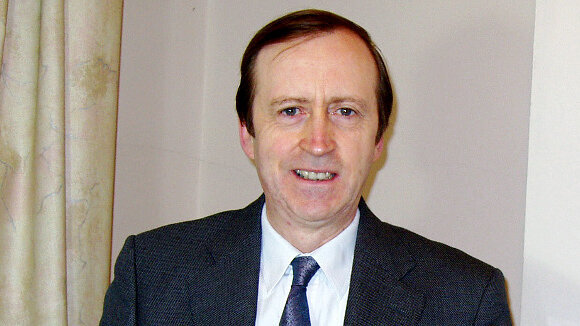
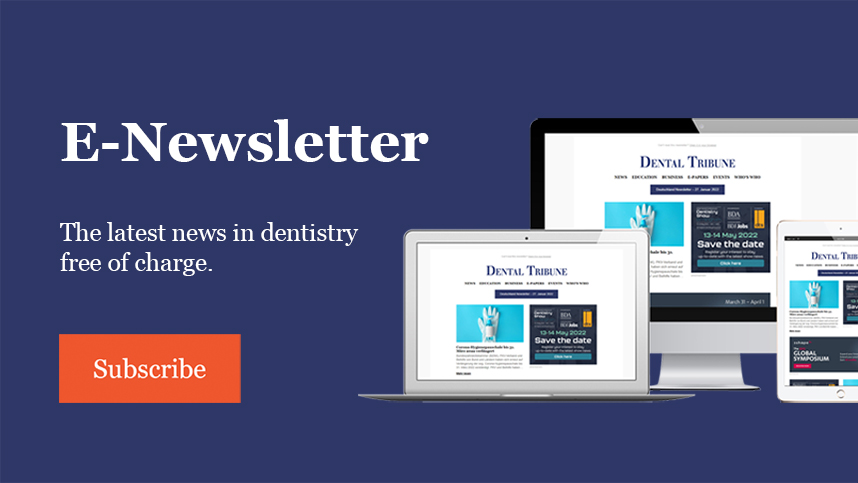


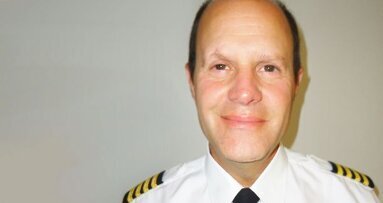
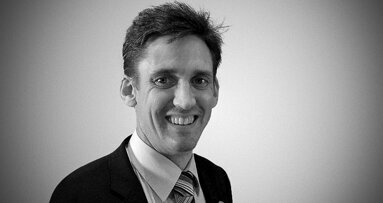
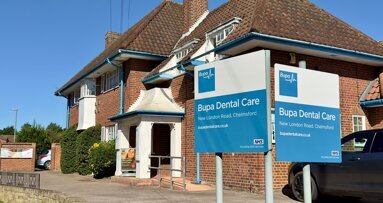


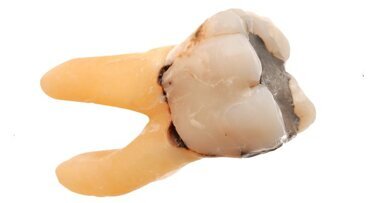
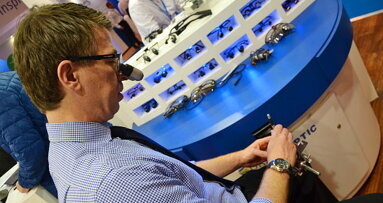
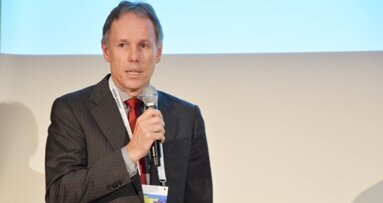
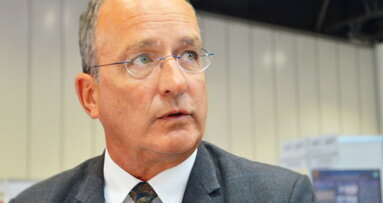
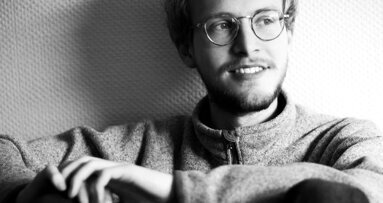

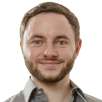


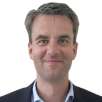





To post a reply please login or register